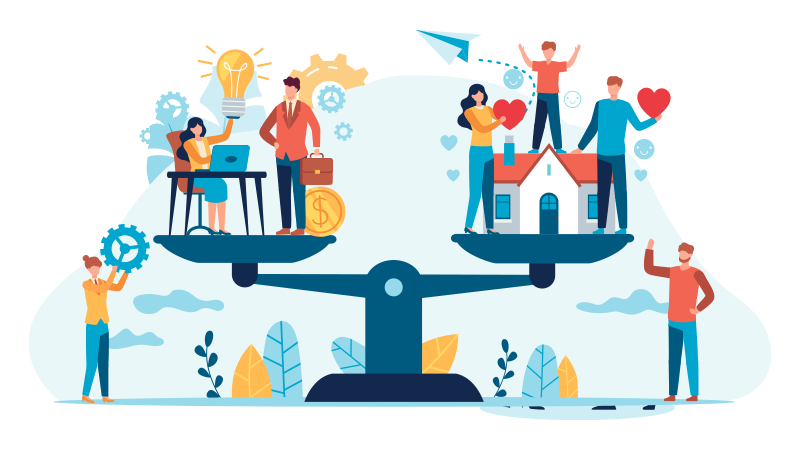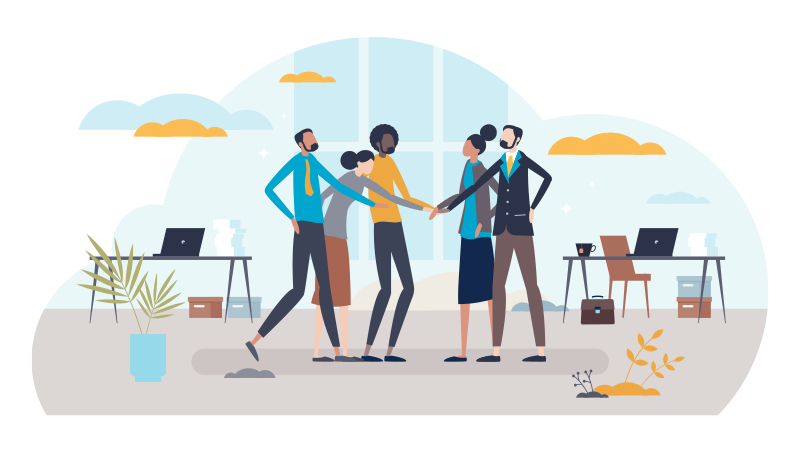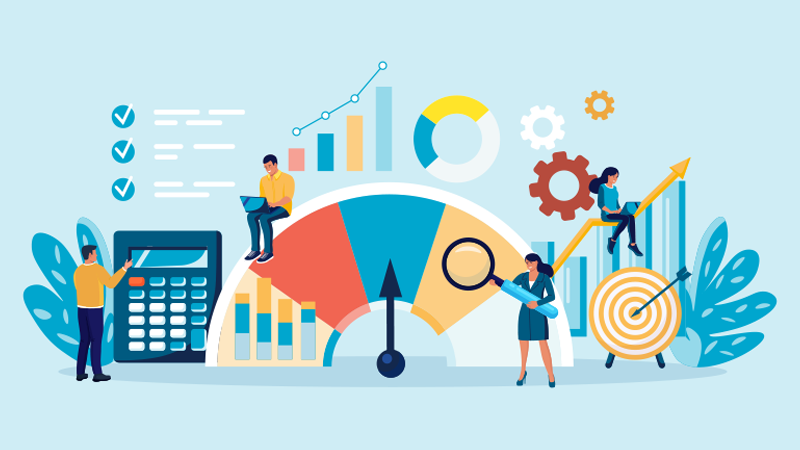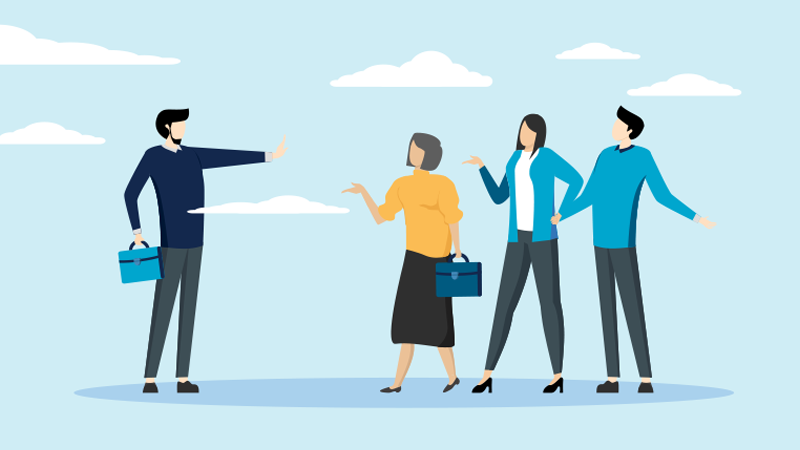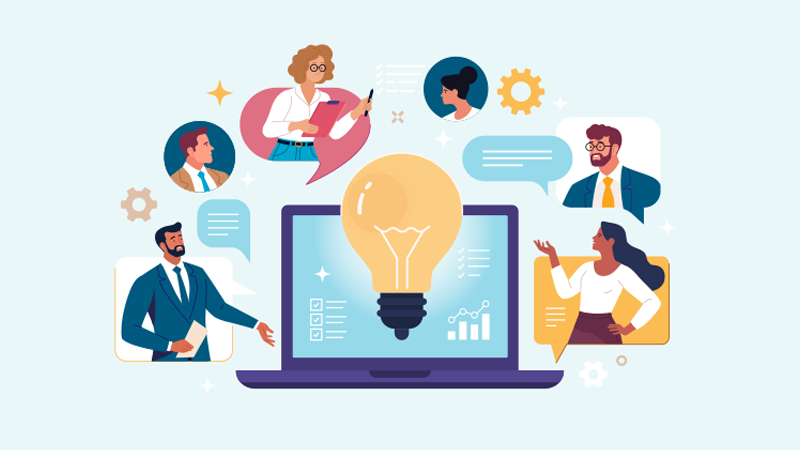
It’s hard to believe we are approaching 2026. We live in a world more connected than ever before, with mini computers in the palms of our hands that, on average, we use for five hours a day, 2 to 2.5 of those hours spent on social media alone. Factor in the time we spend in front of computers, and the average American logs 10 to 12 hours of screen time each day, out of roughly 16 hours awake. The technological advances around us are astounding, and the ability to stay instantly informed can be life-saving.
But this constant connectivity comes at a cost.
The endless pings, notifications, and competing demands for our attention pull us away from where our focus should be: our jobs or families. Even small interruptions can derail our productivity, while the emotional and mental toll of consuming constant information adds up quickly. The balance between staying informed and maintaining focus has never been more challenging, and the consequences, stress, decision fatigue, and reduced creativity affect both our personal and professional lives.
In this blog, we’ll explore strategies for maintaining focus and building digital wellness in a distracted world. We’ll examine the hidden costs of constant distraction, define what digital wellness really means, identify common sources of digital disruption, and offer practical strategies to protect your focus. We’ll also take a look at how organizations can foster a culture that supports digital wellness, so both individuals and teams can thrive in today’s hyper-connected environment.
Many studies have shown just how frequently our attention is pulled away, though results vary since “interruptions” can mean different things to different people. On average, Americans check their phones in some capacity more than 100 times a day. With remote work at an all-time high post-COVID, many teams rely heavily on internal chat systems to communicate, adding another layer of constant notifications on top of email, news alerts, and weather updates flashing across our computer screens. It’s a wonder any of us get anything done. And it’s not just work-related pings; cultural moments can also hijack our attention. A professor cancelling class to celebrate Taylor Swift’s engagement or the viral reactions of two strangers at a Coldplay concert quickly become the modern-day “water cooler” conversations. While often lighthearted, these constant alerts and diversions can pull us away in an instant, and it can take a significant amount of time to refocus. Mistakes become more likely, productivity slips, and the cumulative effect takes a toll on our mental health. Add to that the emotional heaviness of world events, the sudden public loss of a political figure, or the tragic helicopter crash in Washington, DC earlier this year, and it’s no surprise many of us carry a quiet, persistent sense of overwhelm throughout the day.
But the real cost of all this distraction goes deeper than a few lost minutes. Every buzz, ding, or pop-up forces us to make a choice: check it now, later, or ignore it. Do that hundreds of times a day, and you end up mentally drained before you’ve even made progress on the work that matters. That constant juggling wears us down. Stress builds, mistakes creep in, and creativity takes a back seat. The truth is, focus and big-picture thinking need space. When our days are chopped up into tiny, distracted bursts, we lose the ability to slow down, think critically, and bring our best ideas forward.
This is where the idea of digital wellness comes in, and it’s becoming more important by the day. The point isn’t to reject new technology or pretend we can disconnect completely. It’s learning how to use these tools in ways that serve us, rather than control us. Take AI, for example. It can be an incredible time-saver when used to streamline tasks or spark new ideas, but without boundaries, it can just as easily become another source of noise and dependency. Just as important, if we lean on it too heavily, we risk dulling our own creativity and losing the unique perspective only we can bring. Digital wellness means protecting that creative space, making sure we still put our personal footprint on the work we do, while leaning into technology in ways that support our focus and peace of mind.
If you’ve made it this far in the blog, I know you might be rolling your eyes, thinking, here we go, another millennial with a made-up phrase and a fancy definition. But hang with me, you’ll probably pick up something useful.
Digital wellness doesn’t mean unplugging completely or going on some dramatic digital detox. You could try that, sure, but it’s not realistic and usually just adds unnecessary pressure. The goal isn’t to cut out technology altogether; it’s to be more intentional with how we use it. Technology is here to stay, and it brings enormous benefits. We have instant access to information, the ability to connect with loved ones across the world, and tools that make our work more efficient. The problem comes when technology hijacks our time and attention because we haven’t put boundaries in place.
Digital wellness means creating a healthier relationship with our devices, using technology in ways that support our goals, protect our focus, and safeguard our mental health, instead of letting it dictate our entire day. And if you pause to think about it, you already know some of the ways it can be done. Here are a few practical examples:
I know your brain is already listing fifteen reasons why none of this could possibly work for you, but here’s the truth: it can. You just have to want it to. We are only guaranteed right here and right now...nothing beyond it. Tim, our CEO, recently shared a Tuesday’s with Tim about being present (go listen to it and then listen again.) The small choices you make each day to be present will start stacking up, and you’ll notice your anxiety decrease and your productivity increase.
Digital wellness deals with how we choose to use technology. When we shift from reactive habits, like answering that Teams message the second it pings, to intentional ones, like deciding when and how to respond, we reclaim control over our attention. And with control comes focus, balance, and the space to think more clearly.
So, we’ve established that our digital boundaries could use some work, and now it is time to actually do something about it. I shared a few examples earlier, but let’s go ahead and add a few more for good measure.
Shifting how we interact with technology is as much a mental shift as it is a practical one. As leaders, your role is to support and encourage that shift. Prioritizing digital wellness in your firm will lead to stronger productivity, improved morale, and increased talent retention. We live in a world where more people want to be present in their lives, and working for a company that values that is a major win. So, what does this look like in practice?
So, here's the millennial truth bomb: digital wellness isn't about achieving some perfectly curated, 'aesthetic' scroll-free existence. It's not about being a digital monk who's never seen a TikTok trend. It's about making deliberate, intentional choices to protect your most valuable resources: your focus, your energy, and your peace of mind. Let's be real, the world isn't hitting pause, and neither is our ever-buzzing Slack channel. But we can.
By setting firm boundaries with our devices – yes, even that phone that feels like an extra limb – we reclaim control. We transform technology from a relentless taskmaster into a powerful tool, not a bottomless trap of doomscrolling. And here's where the real magic happens: when workplaces commit to fostering environments that celebrate genuine presence over the exhausting myth of constant availability, we don't just create space for better work. We cultivate deeper connections, fuel genuine creativity, and unlock a balance that feels less like a juggling act and more like... well, actual living.
Think of it as adulting for your digital life. Start small, maybe by actually leaving your phone in another room during dinner (gasp!). Stay consistent, and before you know it, you'll feel less like a notification-driven robot and more like a human with agency. Your brain isn't an all-you-can-eat buffet for every app developer's algorithm. Your focus is too precious, too valuable to keep giving away for free. Let's get that mental glow-up we all deserve.
